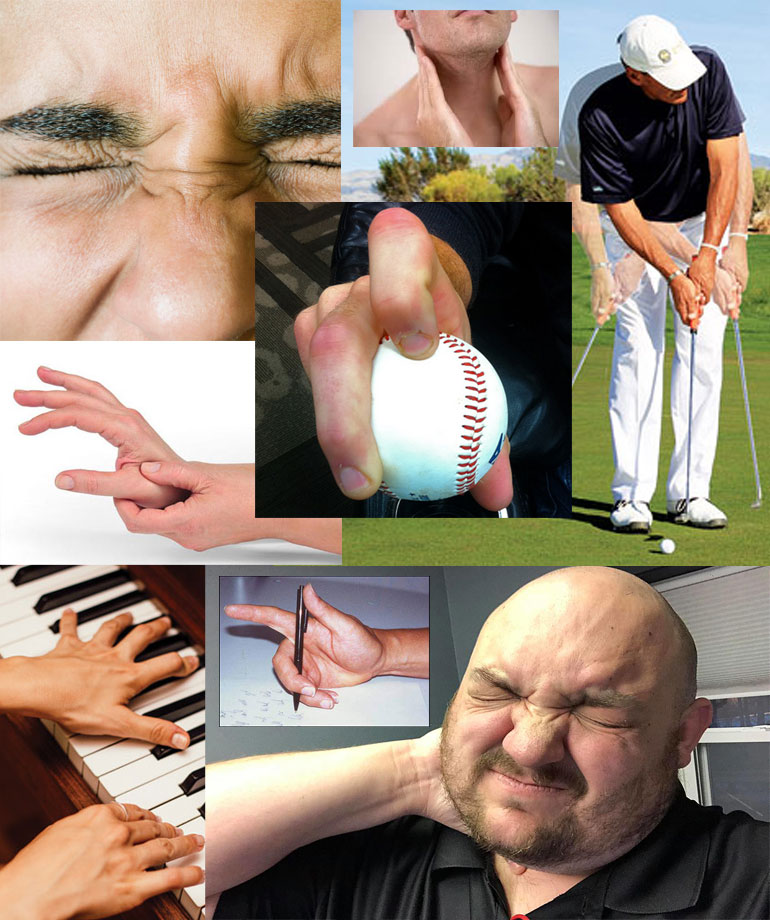Symptoms in all dystonic conditions can vary. In many cases, if dystonia develops in childhood, it may spread to other parts of the body, and can become generalized. However, when it develops in adults, it usually confines itself to one part of the body (focal dystonia). If it spreads – which does occur in a minority of cases – it will usually affect only one other area.
Blinking and eye problems
Most abnormal blinking or twitching of the eye clears up quickly - within a few hours of when the symptoms appear. If the symptoms do not go away one possible cause is eye dystonia.
Dystonic storms
Dystonic storms are episodes of a rare condition called status dystonicus where people develop frequent and intense episodes of severe generalized dystonia.
Hand problems
Sometimes it becomes painful to write or play an instrument due to cramps in the hand or arm. One possible cause is a hand dystonia (otherwise known as Writer’s or Musician’s Cramp). For people working with their hands on delicate tasks (e.g., surgeons) dystonia can manifest as a tremor, which may progress to cramps, spasms or clamping.
Muscle spasms
There are numerous causes of muscle spasms and most clear up quickly. There are many reasons why muscle spasms may not respond to treatment of which one possible explanation is that they are caused by a dystonia.
Neck problems
Sometimes the muscles in the neck can start to contract involuntarily. These contractions are often painful. One possible cause is a neck dystonia.
Tremor
Tremor is an uncontrollable shaking or oscillation of a part of the body. Dystonic tremor is a type of tremor which occurs in conjunction with dystonia.
Voice problems
Strangled, throaty or husky voice or breathy or whispering voice. There are many causes of voice problems, one possible cause is a voice dystonia.
Onset and Symptoms Progression
Phase 1
"What the heck is this?"
"It'll probably go away"
"I need it to go away"
"I'll make it go away"
Phase 2
"Is it a medical problem?"
"What disease is this?"
"Can it be cured?"
"How?"
Phase 3
"Nothing works"
"The doctors tell me it's not a disease"
"They use the word 'essential' but what does it mean?"
"Why is this happening to me?"
Phase 4
"I've learned the word 'dystonia' and it scares me to death"
"There is no cure for it"
"I'm terrified"
"I can't focus on anything else"
Phase 5
"I'm doing a lot of research"
"I can't work, study, play, relax, have fun"
"Somebody told me about a fix"
"I've tried a couple of things and they didn't work"
Phase 6
"I now know what dystonia really is"
"There are ways to reduce the symptoms"
"I'm researching possible treatments"
"I've made some real progress with my attitude"
Phase 7
"I would like at least to reduced my symptoms"
"I want to get on the right path"
"I want to feel hopeful again"
"I want to find out how I can beat it"
Phase 8
"I'm working on reducing my symptoms"
"I've chosen a treatment"
"I feel more hopeful now"
"I'm calm, patient, and determined to succeed. "
